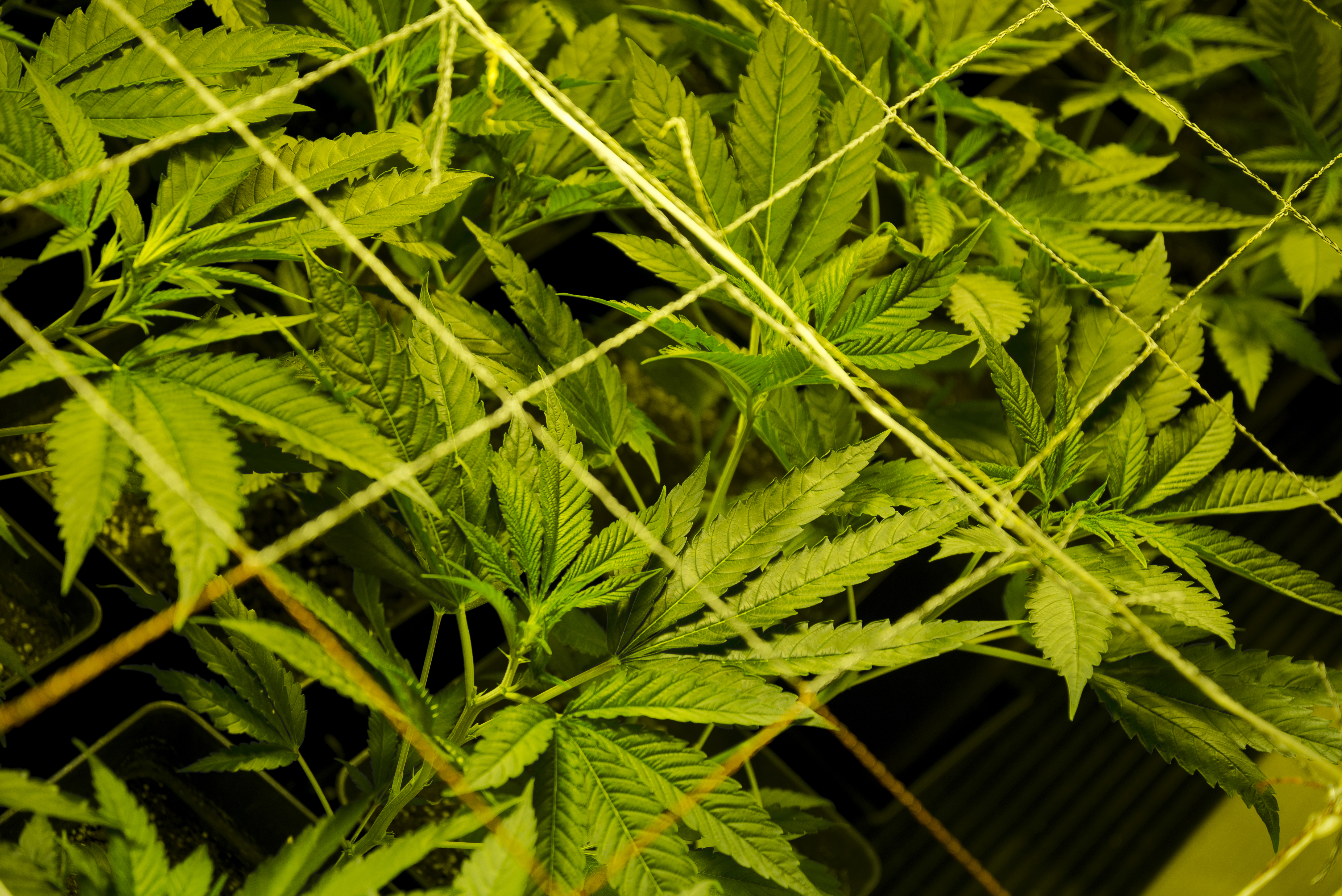What is Low Stress Training?

As your plants grow taller into the flowering stage, they increasingly have a harder time keeping themselves upright while staying completely saturated in grow light luminosity. In cannabis plants especially, bud sites become limited and shield other plant canopies (top of the plant) from exposure to lighting, inhibiting your potential for bigger yields. This is where training techniques like low stress training come into play to shape your plants and direct a horizontal growing path. So how is it done?
When to Start LST
Cannabis growers perform low stress training to keep plants short and create a wider canopy by tying down branches away from each other. In indoor growing, it also makes efficient use of the grow space.
It starts at the vegetative state when bending stems and branches is at its easiest. This is where your plants are at their most pliable with a lower risk of snapping; starting the LST process in the flowering stage puts your buds at risk of permanently breaking off.
Gently bending your plant at this point makes way for a longer window of horizontal growth to create many bud sites and increase yields.
The Tools You Need
Whether they are thick and soft, or thin and dense, plant ties are used to actively bend your marijuana plants without damaging their stems. Plant ties are looped through holes bored on your planter pot onto which unruly branches are tied down. Adding wooden or bamboo stakes aid in supporting plant weight as they grow further away from the epicenter.
The use of plant ties slightly differs from the screen of green (ScrOG) training technique, where trellis netting is used to create a wider canopy. Pipe cleaners can also be used to secure the plant.

Low stress training creates a wider spread that exposes your entire plant to sunlight or grow light luminosity. By doing so, it enables you to produce bigger yields, many big buds, and gain complete control over your plant’s height, shape, and size!
In-depth stress training LST guide coming soon.



